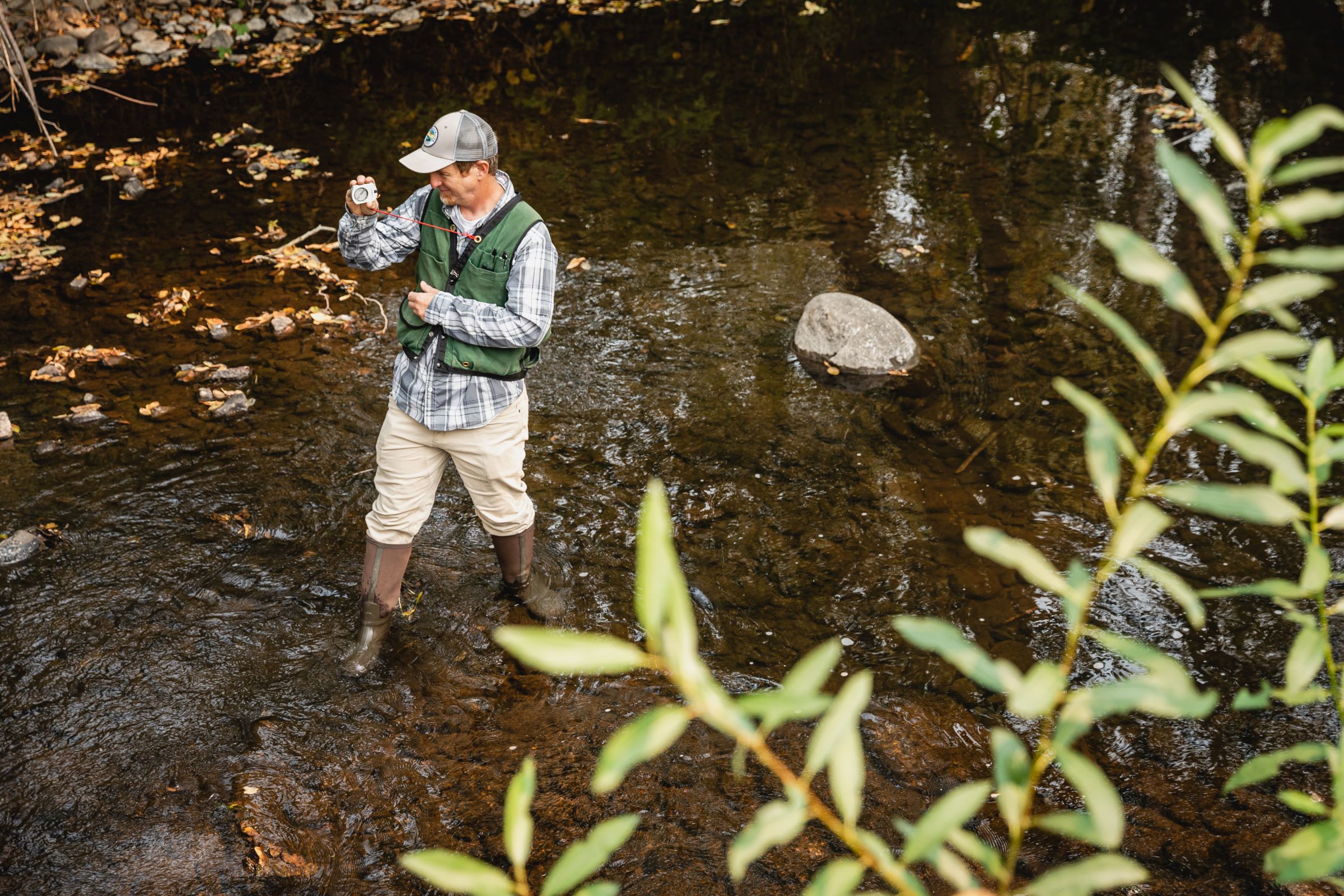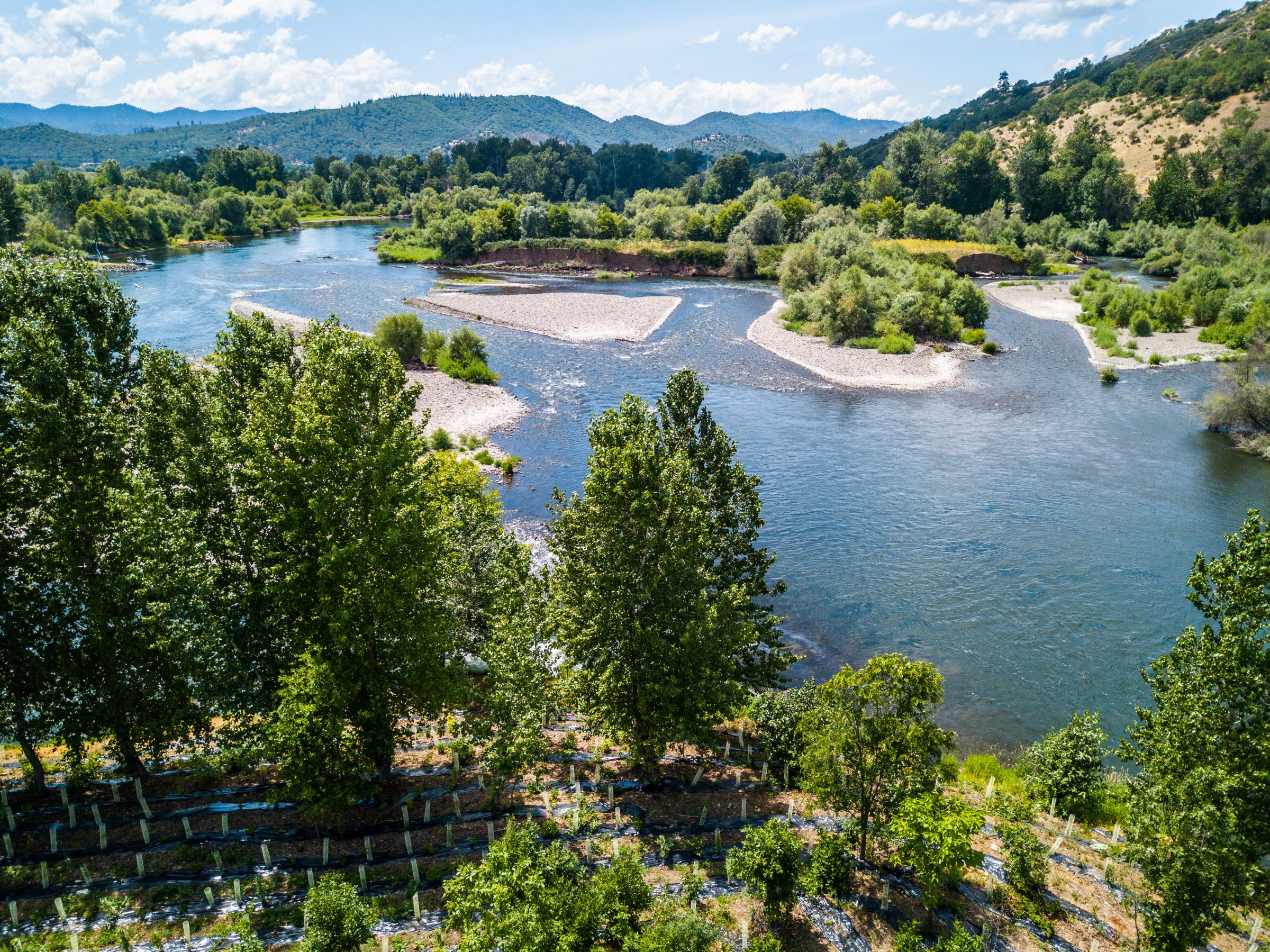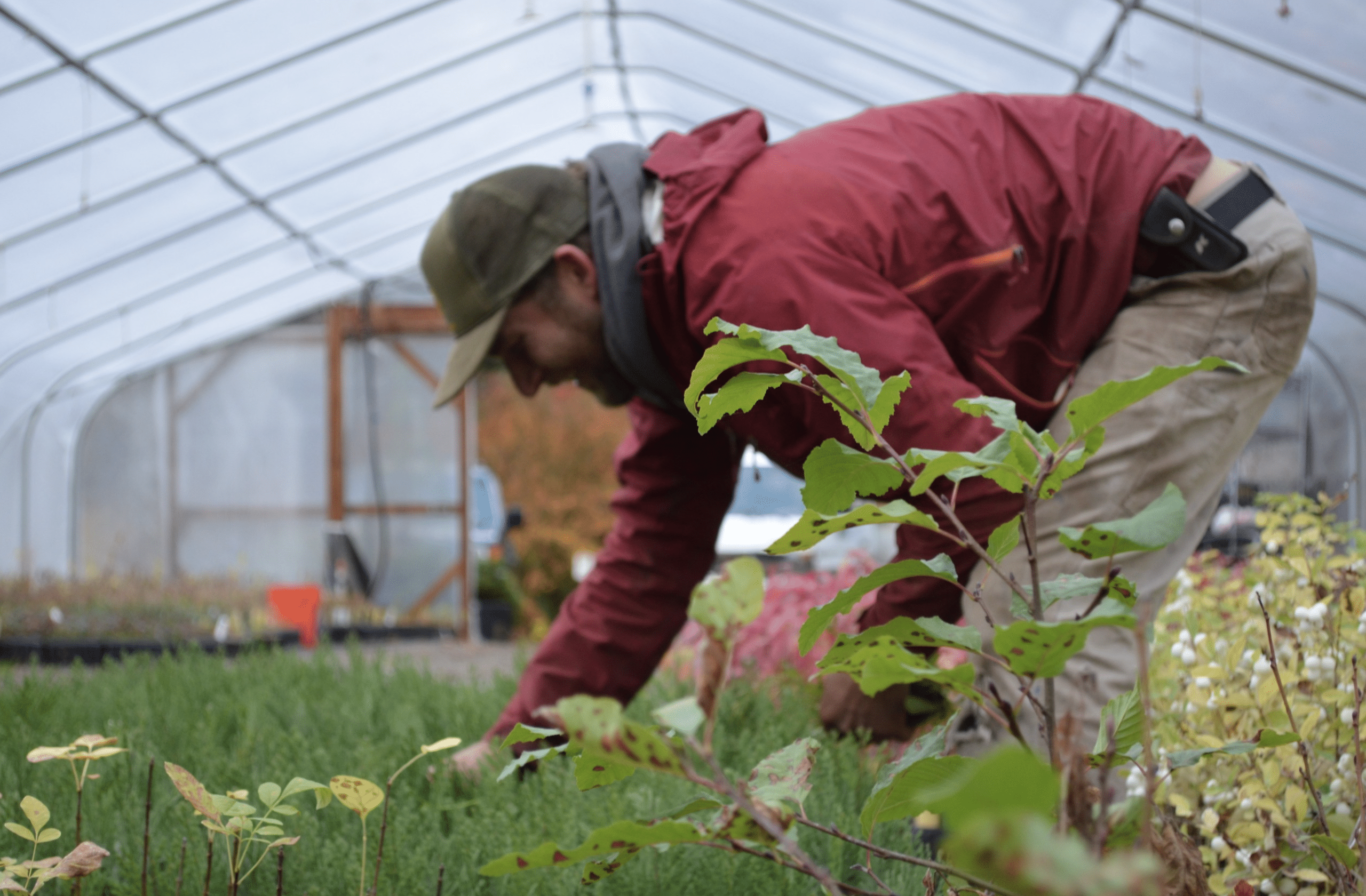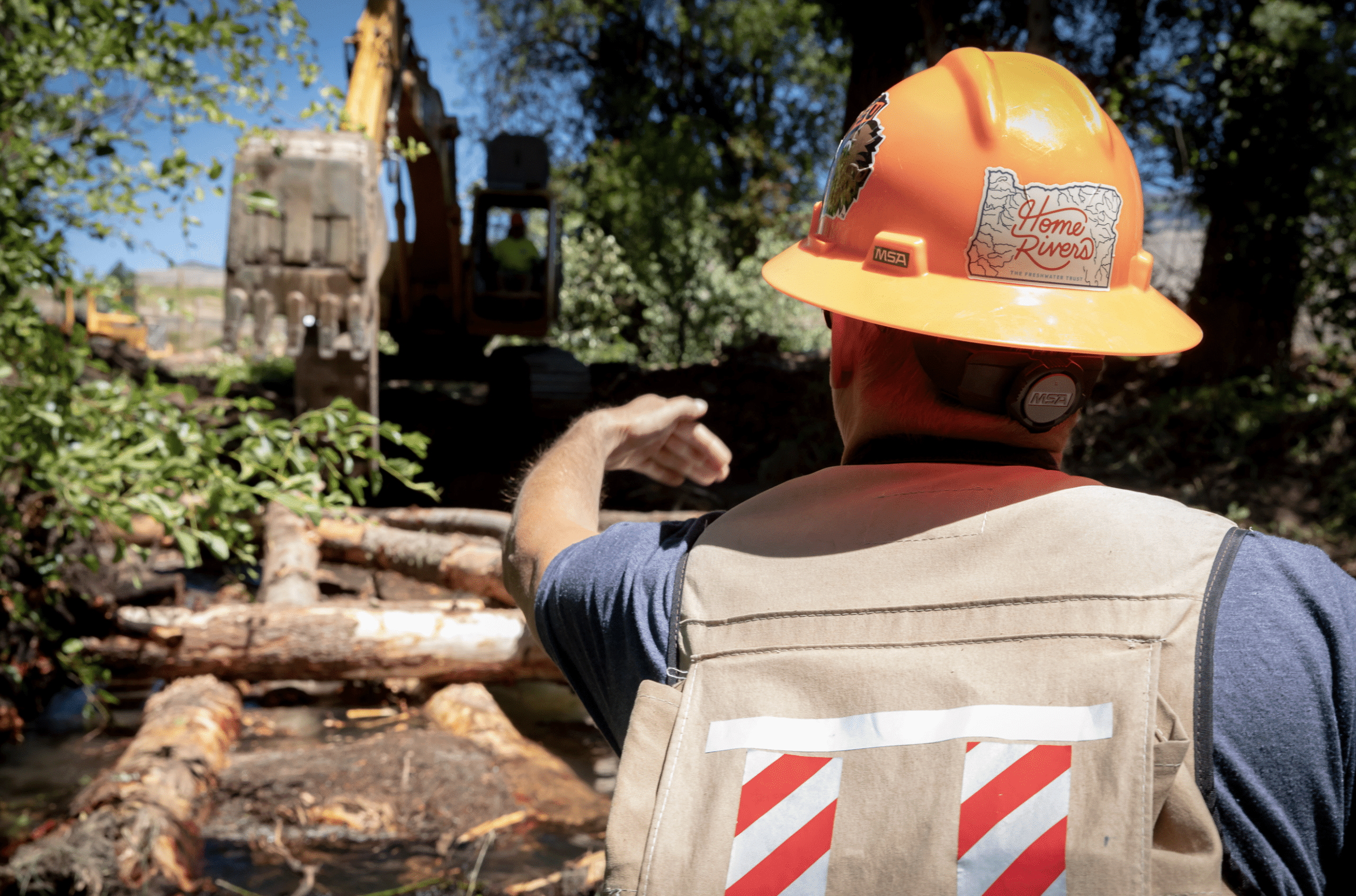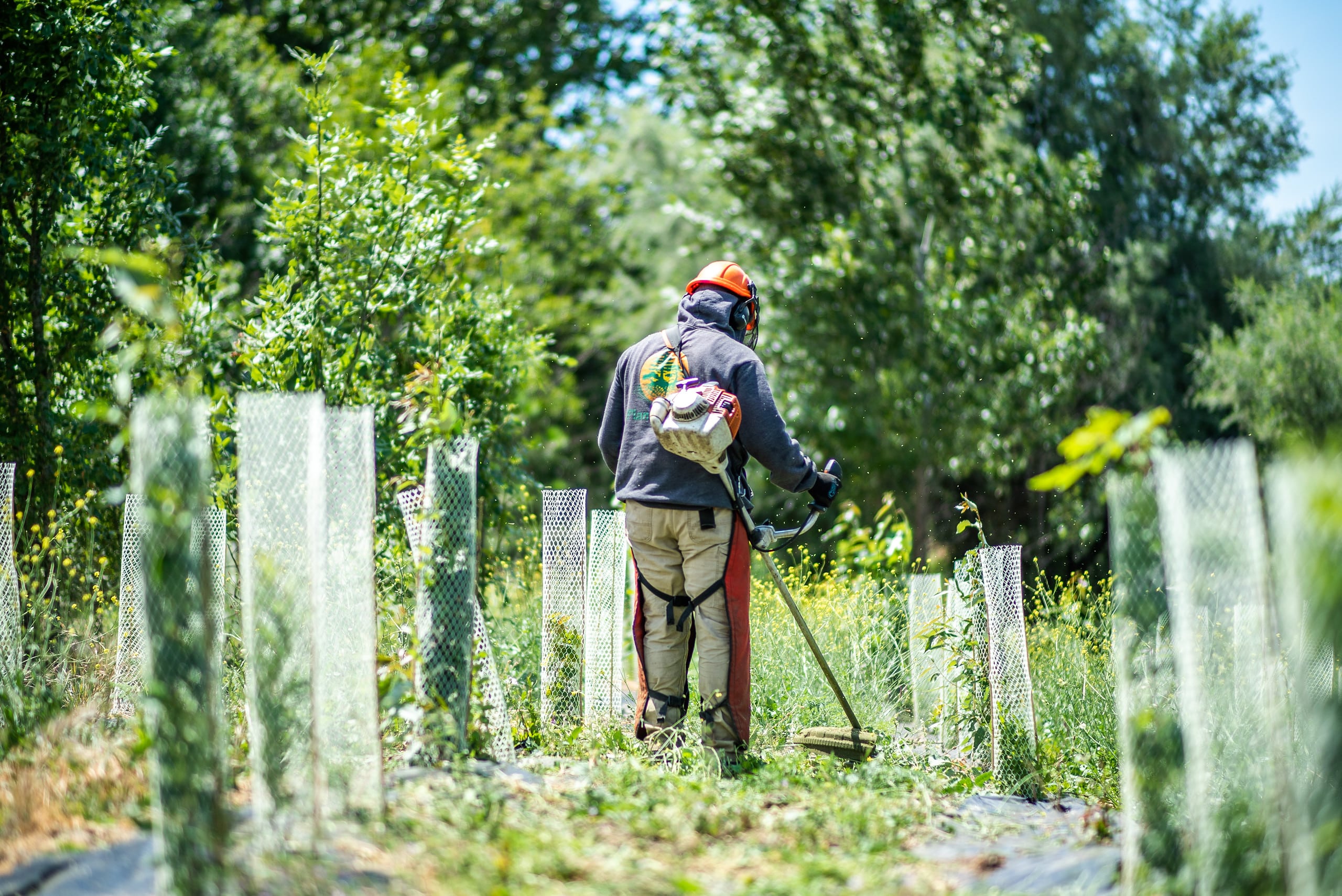The Rogue
MISSION OF THE BASIN: Coordinate and leverage funding from multiple sources to vastly improve water quality and native fish habitat.
The rugged Rogue River is one of the longest rivers in Oregon and one of the original eight Wild & Scenic Rivers. Its clear, cool waters support a variety of fish species and a growing human population. In 2011, rather than invest in “concrete and steel” solutions at its wastewater treatment facility to address a temperature compliance issue, the City of Medford partnered with The Freshwater Trust to plant native trees and shrubs in strategic places along the Rogue River and its tributaries. The new vegetation blocks solar load, which helps keep the stream cool. Using our BasinScout® Analytics, TFT quantifies the benefits of the vegetation in the same units as “concrete and steel” solutions, and then recruits the projects that produce the most benefits for the least cost. This approach allows Medford to use the projects for permit compliance, while also improving water quality and supporting dozens of local contractors and jobs.
This initial contract set the table for other entities such as the Bureau of Reclamation, the City of Ashland, Oregon Watershed Enhancement Board, and the U.S. Forest Service to partner with TFT on aligned conservation programs throughout the basin.
For example, within 10 years, TFT built 15 instream enhancement projects for the Bureau of Reclamation that added large wood to improve fish spawning and rearing habitat. Recently, TFT restored streamside, or riparian, forests that were severely burned in wildfires in 2020. TFT piloted a new method to remove the most dangerous parts of the burned trees’ upper stories while leaving in place the standing burned trunks, called snags, that provide long-term floodplain and wildlife benefits. After a decade of focused effort, TFT has catalyzed more than $25 million of new conservation investment into the Rogue basin, supporting dozens of jobs and bolstering economic activity in the region.
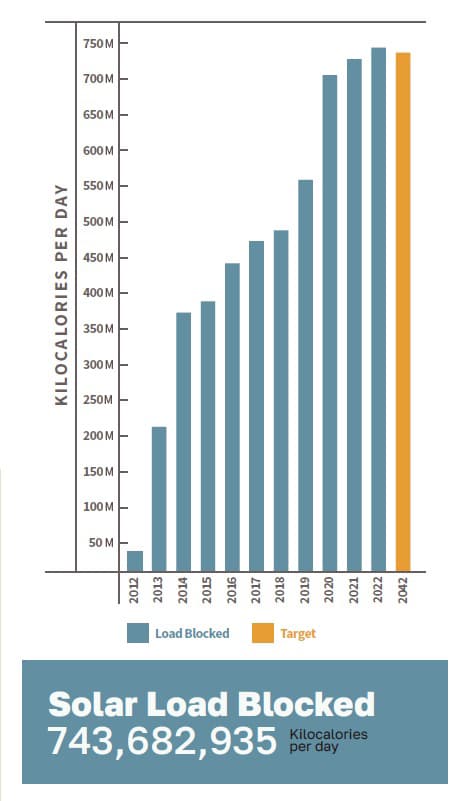
MISSION OF THE BASIN: Coordinate and leverage funding from multiple sources to vastly improve water quality and native fish habitat.
The rugged Rogue River is one of the longest rivers in Oregon and one of the original eight Wild & Scenic Rivers. Its clear, cool waters support a variety of fish species and a growing human population. In 2011, rather than invest in “concrete and steel” solutions at its wastewater treatment facility to address a temperature compliance issue, the City of Medford partnered with The Freshwater Trust to plant native trees and shrubs in strategic places along the Rogue River and its tributaries. The new vegetation blocks solar load, which helps keep the stream cool. Using our BasinScout® Analytics, TFT quantifies the benefits of the vegetation in the same units as “concrete and steel” solutions, and then recruits the projects that produce the most benefits for the least cost. This approach allows Medford to use the projects for permit compliance, while also improving water quality and supporting dozens of local contractors and jobs.
This initial contract set the table for other entities such as the Bureau of Reclamation, the City of Ashland, Oregon Watershed Enhancement Board, and the U.S. Forest Service to partner with TFT on aligned conservation programs throughout the basin.
For example, within 10 years, TFT built 15 instream enhancement projects for the Bureau of Reclamation that added large wood to improve fish spawning and rearing habitat. Recently, TFT restored streamside, or riparian, forests that were severely burned in wildfires in 2020. TFT piloted a new method to remove the most dangerous parts of the burned trees’ upper stories while leaving in place the standing burned trunks, called snags, that provide long-term floodplain and wildlife benefits. After a decade of focused effort, TFT has catalyzed more than $25 million of new conservation investment into the Rogue basin, supporting dozens of jobs and bolstering economic activity in the region.






